Understanding Finger Joint Machinery
Finger joint machinery refers to a range of specialized equipment designed to produce precise interlocking finger joints, commonly known as box joints, frequently used in woodworking and carpentry. These joints are created by cutting evenly spaced slots, or fingers, into two pieces of wood, which are then connected by inserting corresponding protrusions into the slots. Finger joints are structured to provide a secure hold, minimizing the risk of shifting or separation under pressure, making them an effective method for joining two pieces of wood along their edges.
The machinery utilized for crafting finger joints is tailored to accommodate various sizes and types of wood, ensuring customization to specific needs. These machines are utilized by manufacturers, construction firms, and artisans requiring strong and dependable joints for diverse applications like furniture making, flooring systems, window and door frames, and even structural components. The fundamental principle behind finger joint machinery is accuracy and consistency; they must produce uniform and precise joints that fit together seamlessly.
Various types of finger joint machines serve distinct purposes or stages in the finger jointing process. Some machines are dedicated to cutting slots in the wood, while others focus on joining pieces by pressing or gluing after slot creation. The operation of these machines can be manual, semi-automatic, or fully automated, depending on the complexity of the joint and the desired precision level.
Diverse Finger Joint Machinery Options
A variety of finger joint machinery is available in the market to cater to different production requirements:
-
Finger Joint Press: This common machine is used to press wood slats or blocks into a continuous finger joint shape. It typically comprises a loading and pressing station where wood material is aligned and pressed together to form the joint, essential for flooring and furniture manufacturing.
-
Finger Joint Shaper: Less common but equally significant, the shaper is employed post-pressing to shape the ends of slats into interlocking profiles, ensuring seamless fitting without gaps or misalignment.
-
CNC Dovetail Tenoner: Similar to other finger joint machinery, CNC dovetail tenoners produce dovetail-shaped joints, known for their strength and aesthetic appeal, ideal for high-quality furniture and cabinetry demanding precision and quality.
-
Cut-off Saw: Also referred to as miter saws, these machines cut workpieces to length. Specifically for finger jointing, they must be capable of cutting multiple finger joints simultaneously in one pass to enhance efficiency for high-volume production lines.
-
Dowel Joint Machinery: While not strictly for finger joints, this machinery creates joints akin to finger joints by connecting two wood pieces with dowel pins, suitable for simpler applications requiring moderate joint strength.
Choosing the Right Finger Joint Machinery
Selection of suitable Finger Joint Machinery necessitates careful consideration of various factors influenced by wood characteristics, production volume, required precision, and intended application.
For construction businesses or manufacturing plants needing long-lasting and robust joints, CNC finger joint machines offer high efficiency and precise control, particularly beneficial for large-scale operations prioritizing productivity.
Conversely, for businesses focusing on smaller-scale production runs or necessitating flexibility for diverse joint types and sizes, an Automatic Finger Joint Shaper might be more fitting. These versatile machines can accommodate various applications within a compact space.
Deciding between new or used machinery depends on budget constraints and the availability of quality used equipment in the region. While new machines offer enhanced reliability, they may require a higher initial investment.
Additionally, consideration should be given to post-sales support such as online technical assistance or field maintenance services to ensure uninterrupted operation with minimal downtime.
Evaluation should verify if the chosen machine aligns with specific production requirements in terms of volume, product dimensions, and quality standards. Machinery test reports can offer valuable insights into the long-term performance of a particular machine.
Exploring Finger Joint Machinery on Alibaba.com
Alibaba.com serves as an extensive marketplace connecting global buyers with numerous suppliers offering a wide array of machinery suitable for various industries. When seeking optimal finger joint machinery for business needs, Alibaba.com facilitates a seamless shopping experience with a vast selection from global suppliers.
Whether aiming to enhance productivity in a woodworking shop or streamline operations in a furniture factory, Alibaba.com caters to all aspects of bulk wood processing with its diverse machinery range. The platform's commitment to facilitating international trade is evident through features like mobile-friendly purchasing options and multilingual communication support, simplifying equipment sourcing regardless of location.
Furthermore, with services like Trade Assurance, Alibaba.com ensures secure transactions until delivery completion, providing assurance as businesses invest in high-quality finger joint machinery for future growth. The platform's emphasis on connecting small and medium-sized enterprises with reputable suppliers underscores its dedication to tailored trading experiences promoting business success at all levels.
Frequently Asked Questions about Finger Joint Machinery
What is the primary function of finger joint machinery?
Finger joint machines are designed to create high-strength, precision-cut joints in wood by connecting two or more pieces together, suitable for applications requiring a seamless bond in materials like furniture manufacturing, construction, and musical instruments.
What types of finger joint machinery are available for different materials?
Various finger joint machines are tailored for different materials, including wood, plastics, and aluminum, each designed to work with the properties and cutting needs of the specific material.
How do I determine the right machine for my business needs?
To select the appropriate machine for your business, consider the material, joint size and type, production capacity of the machine, and the level of automation needed.
Can finger joint machinery be used for materials other than wood?
Yes, there are finger joint machines suitable for various materials such as plastics, aluminum, and composites, with the choice depending on the material being worked on.
Are there finger joint machines suitable for small-scale operations?
Yes, finger joint machines designed for small-scale operations are available, including tabletop models or those accommodating limited production space like the MiniMax series from Davis Wells.
How do I ensure the quality of finger joint machinery when purchasing online?
When buying online, look for suppliers offering detailed product information, customer feedback, and a history of quality and reliability. Consider utilizing Alibaba.com's Trade Assurance service for added transaction security.
What should I consider regarding after-sales services when investing in finger joint machinery?
Assess if suppliers provide services like online support, video technical assistance, field maintenance and repair, and availability of engineers for overseas servicing, crucial for equipment troubleshooting and maintenance.
Do I need a single machine for all types of finger joints or should I invest in separate machines for different materials?
The decision between a single machine or multiple units depends on the range of materials used and the scale of operations. Evaluating business needs will help determine if a single machine suffices or if multiple units are necessary.
What core components should I focus on when selecting a finger joint machine?
Concentrate on core components like the motor, PLC (Programmable Logic Controller), gearbox, bearings, pumps, and engines, crucial for machine functionality and performance.
How does voltage affect my choice in finger joint machinery?
Voltage consideration is essential to ensure compatibility with the power supply. Machines come in various voltage options, so verify that the chosen model aligns with the local power grid requirements.
Are there manual finger joint machines available, and when should they be used?
Manual finger joint machines are accessible and are typically suitable for instances where automated systems are impractical due to lower production volumes or budget limitations, ideal for small-scale operations or areas with limited power sources.

















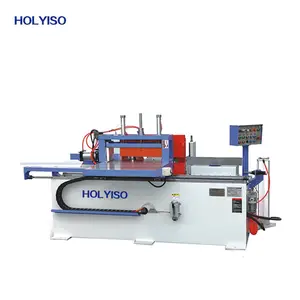

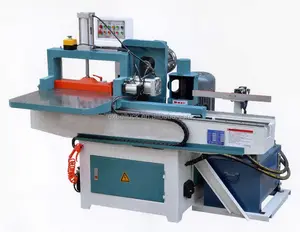





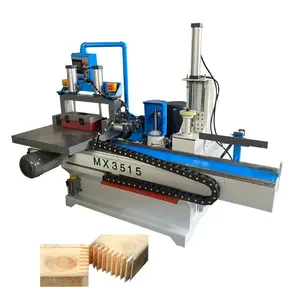

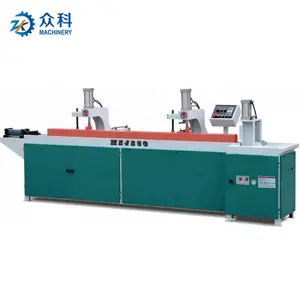
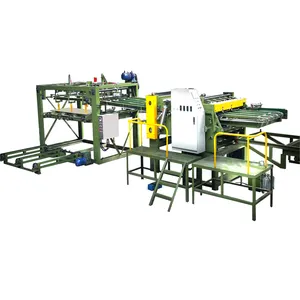


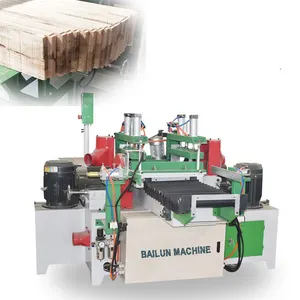






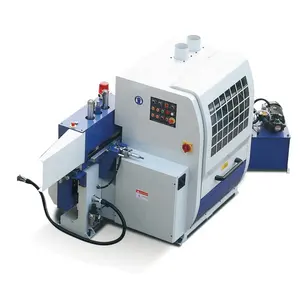
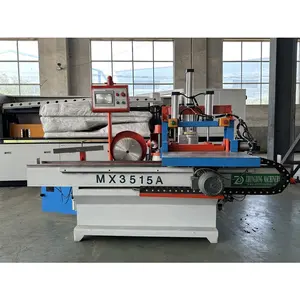



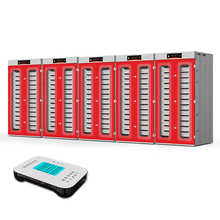
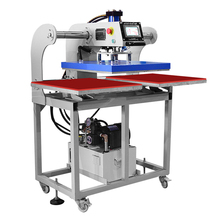
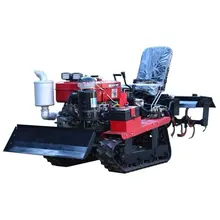





























 浙公网安备 33010002000092号
浙公网安备 33010002000092号 浙B2-20120091-4
浙B2-20120091-4